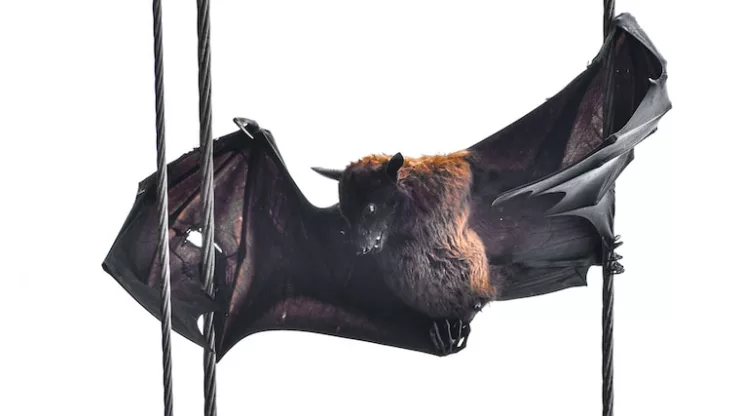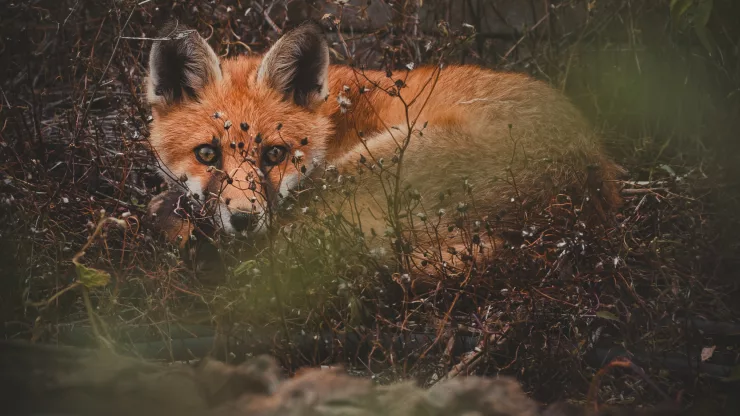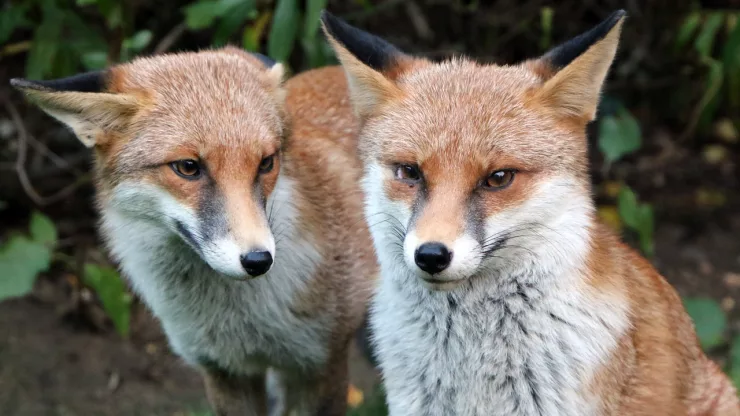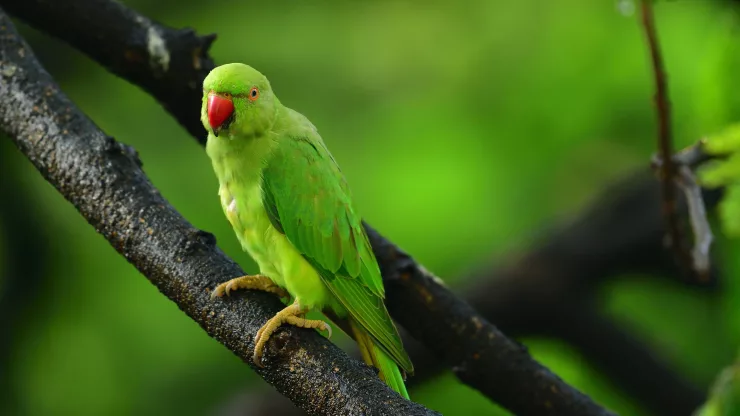As cities expand and encroach on natural habitats, the interaction between humans and wildlife is becoming increasingly common.
While urban wildlife can be fascinating to observe, it also poses certain risks, including the transmission of zoonotic diseases.
Understanding the risks associated with urban wildlife and zoonotic diseases is essential for maintaining public health and safety.
Jump to Section
Introduction
What is Urban Wildlife?
Urban wildlife refers to the animals that inhabit or visit urban areas, including cities, towns, and suburbs.
These animals range from common species such as squirrels and pigeons to more elusive species such as coyotes and raccoons.
What are Zoonotic Diseases?
Zoonotic diseases are illnesses that can be transmitted from animals to humans. These diseases can be caused by viruses, bacteria, parasites, or fungi.
Common examples of zoonotic diseases include rabies, Lyme disease, and salmonellosis.
The Risks of Urban Wildlife and Zoonotic Diseases
How do Urban Wildlife and Zoonotic Diseases Interact?
Urban wildlife can carry zoonotic diseases, and when they come into close contact with humans, there is a risk of transmission.
This can occur through direct contact, such as being bitten or scratched by an animal, or through indirect contact, such as coming into contact with animal feces.
Transmission of Zoonotic Diseases from Urban Wildlife to Humans
There are several ways in which zoonotic diseases can be transmitted from urban wildlife to humans:
- Direct contact: Bites, scratches, and other forms of direct contact with infected animals are a common mode of transmission for zoonotic diseases such as rabies and plague.
- Indirect contact: Contact with contaminated soil, water, or food can lead to transmission of zoonotic diseases such as leptospirosis and salmonellosis.
- Vector-borne transmission: Mosquitoes, ticks, and other vectors can transmit zoonotic diseases such as West Nile virus and Lyme disease.
Common Zoonotic Diseases Associated with Urban Wildlife
Several zoonotic diseases are associated with urban wildlife, including:
| Disease | Associated Wildlife |
|---|---|
| Rabies | Raccoons, bats, skunks |
| Lyme disease | Deer, rodents |
| West Nile virus | Birds, mosquitoes |
| Leptospirosis | Rats, opossums |
| Salmonellosis | Birds, rodents, reptiles |
Understanding the Impact of Urbanization on Wildlife
Urbanization and Habitat Loss
As cities grow, natural habitats are destroyed or fragmented, leading to a loss of biodiversity and displacement of wildlife.
This can lead to increased encounters between humans and wildlife, increasing the risk of disease transmission.
Impact of Urbanization on Wildlife Populations
Urbanization can have both positive and negative impacts on wildlife populations.
Some species, such as raccoons and pigeons, thrive in urban environments, while others, such as coyotes and foxes, may struggle to adapt.
In some cases, urbanization can lead to the decline or even extinction of species.
Impact of Urbanization on Wildlife Behavior
Urbanization can also affect the behavior of wildlife.
For example, some animals may become habituated to humans and lose their fear of people, leading to increased encounters and potential conflicts.
Others may change their feeding habits, leading to overpopulation or a shift in the food chain.
Prevention and Control of Zoonotic Diseases from Urban Wildlife
Personal Protection and Hygiene
Individuals can take steps to protect themselves from zoonotic diseases when interacting with urban wildlife. These include:
- Avoiding contact with wild animals
- Washing hands thoroughly after handling animals or their waste
- Wearing protective clothing and gear when handling animals
- Seeking medical attention if bitten or scratched by an animal
Wildlife Management Strategies
Wildlife management strategies can help to reduce the risk of zoonotic disease transmission. These include:
- Removing food sources that attract wildlife
- Implementing humane deterrents such as noise or lights to discourage wildlife from entering urban areas
- Trapping and relocating animals that pose a risk to human health
Community Involvement in Wildlife Management
Community involvement is crucial for effective wildlife management.
Residents can work with local authorities to report sightings of animals and implement strategies to reduce the risk of disease transmission.
Conclusion
The Importance of Sustainable Urban Development and Wildlife Management
As urbanization continues to grow, it is important to prioritize sustainable development and effective wildlife management strategies to minimize the risks associated with urban wildlife and zoonotic diseases.
By working together, we can create a safer, healthier, and more harmonious environment for both humans and wildlife.
FAQ
What is the best way to protect myself from zoonotic diseases when interacting with urban wildlife?
The best way to protect yourself is to avoid contact with wild animals and to practice good hygiene, such as washing your hands thoroughly after handling animals or their waste.
What should I do if I am bitten or scratched by an animal?
Seek medical attention immediately. Even minor bites or scratches can lead to serious infections or diseases.
Why is community involvement important for effective wildlife management?
Community involvement is important because it allows residents to work with local authorities to identify and report sightings of animals and implement strategies to reduce the risk of disease transmission.
I’m a nature enthusiast and creator of Metro Wilds and have spent years exploring the great outdoors.
With a passion for environmental conservation and sustainability, I have dedicated my career to writing about the beauty and wonders of nature, as well as the threats facing our planet.
Contact me at [email protected] for assistance.





